Perfume is Not an Object Postscript
I’ve been amazed and overwhelmed by the response to my post on the perfume and art debate. The comments–including those that never made it on to the blog–were so rich and thoughtful it took me an extra day just to read and respond. Thank you all. My main aim was to broaden the conversation and I think we’ve made an excellent start. A few thoughts about our exchanges before we move on (for now):
Thanks to Yosh Han and Katherine Chan, I learned the olfactory art world is larger (though not wilder) than I suspected. Reading their descriptions of various projects also clarified for me the distance between olfactory art and perfume proper. Yosh’s comment about olfactory art introducing people to the idea of scent as expression, and thus making it easier for them to appreciate commercial perfume, made me think about the ways perfume can benefit from olfactory art without having to be absorbed into that category or described using that language.
The more we talked about definitions of art, the more I felt my interest fading. I have lost my taste for that kind of broad philosophy. But I am interested in the place where definitions of art overlap with hierarchies of power, assumptions of worth, and access to certain kinds of audiences. And I am more certain than ever, thanks to discussions with Emily Friedman and Denyse Beaulieu’s response post (since she couldn’t comment–sorry about that Denyse) that the trajectories of literature, performance and film have much to offer perfume when it comes to learning when and how it might be taken seriously as an art form while still retaining its commercial aspects.
But analogies only take us so far. I am always, in the end, more interested in describing and learning about perfume itself and letting it take its place wherever it belongs. I loved learning from Holly Dugan about how that Henry V branded his mistresses with the scent of rosewater, and beginning to dream up different ways to introduce scents into art exhibits, or how we might present perfume so that the magic of its unfolding narrative could be preserved and visitors could teach themselves to recognize and appreciate its beauty.
And I loved most of all hearing Jessica describe how she saw more than one woman at the MAD exhibit furtively touching a perfume-soaked blotter to her neck and wrists, bringing skin and perfume back together, beginning the performance all over again, bending the rules to steal a little pleasure. Isn’t that the point of it all?
If you’d like to hear a few other perspectives you can check out Caitlin’s interesting post on Legerdenez, Tarlesio’s remarks on The Alembicated Genie , or this older, but still very relevant post on Notes from the Ledge which includes a link to perfumer Andy Tauer’s notes on perfume as an “immersive sculpture.” Or you could go read any of your favorite perfume blogs or books to remember that people are building a language and a presence for perfume all the time, now.
Finally, I know some of you needed more time to think or couldn’t post earlier. Please feel free to come back and restart the discussion anytime. I’ll be listening. In the meantime, go smell something just for the wordless, uncategorizable joy of it.
Image: John William Waterhouse, My Sweet Rose. We’ve seen a lot of it. But we’ve smelled a lot of roses, too.

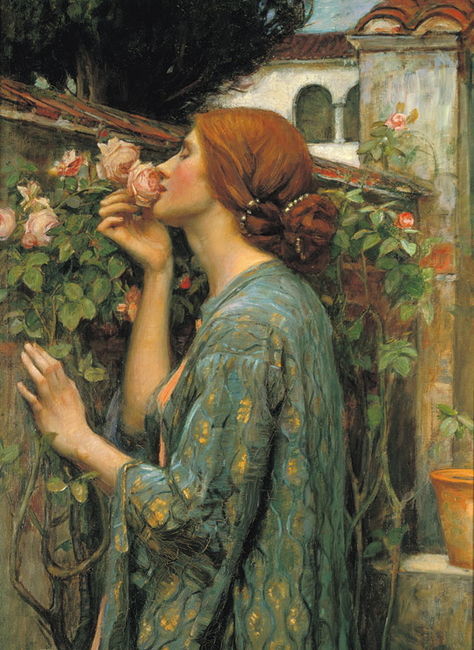


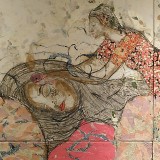

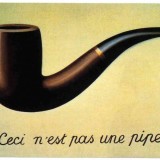
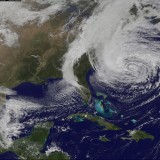

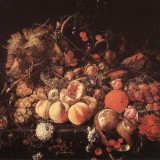

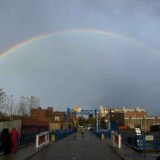
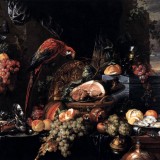
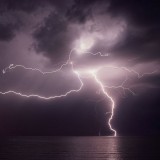

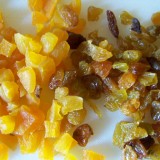
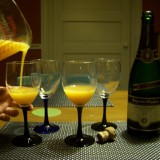

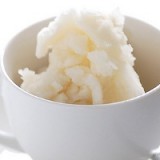
12/05/2012 at 10:54 am
This was /is a fascinating discussion.
Your questions about how one goes about representing, showing, displaying perfume in an exhibit intrigued me. What to include? How to display it? Where does the museum-goer fit in? How many senses should be engaged? Scent itself is invisible, but perfume is a composition as well as a cultural phenomenon. It interacts with the body. Or not. Perfume can be an idea. Or part of an ideological system. It exists (sniffed or not) as a physical object to be seen and handled, and as a carefully staged object of desire. (I’m cribbing a bit from one of my own blog posts here). Fortunately, it sounds as if the current MAD exhibit is only the first of many on fragrance, so other angles may be explored in the future.
You asked what I was working on, so here goes. I’m interested in how olfactory perception and smells (including perfume), interact with words, works of literature, and aesthetic movements. For instance, in an article that will come out in the next month or two, I consider perfumes related to texts (and texts that represent perfume) as forms of literary adaption. I also analyse a poetics of the olfactory in Baudelaire’s verse and prose poetry. In an essay published earlier this year, I talk about the relationship between the Baudelairean flâneur (stroller, loiterer) and olfactory perception. As you and others mentioned in your earlier blog post, odors inhabit intimate spaces but also invade public environments. I see this phenomenon as a process of mutual permeation, or, to use a word favored in Baudelaire’s writing, a mutual penetration. I read smell and flânerie (thematic and textual) as functioning similarly as experiences of volatility, transience, intimation, and penetration. Features of olfactory perception — including the necessity of words and contemplation to preserve the memory of smell (and, paradoxically, the alleged difficulty of transposing smell to words ) — resonate with the Baudelairean artist/flâneur’s quest for mutual penetration, and with his desire to preserve the evanescent.
I’m working on other literary works as well, but always feel a bit superstitious about talking too much about work-in-progress.
12/08/2012 at 5:30 pm
Hi Cheryl, thanks so much for this fascinating summary of your work. (I apologize for my slow reply.) The flâneur, especially as described by Benjamin, is one of my favorite ideas/figures, and it makes a great deal of sense to me that you would connect it to scent and “mutual penetration” (though goodness, that’s a phallocentric phrase for something so all-pervasive and yet intangible). I bet you’ve already looked at Jim Drobnick’s Smell Culture Reader–there’s a lovely essay in there about smells escaping the grid of Manhattan that sounds very relevant to what you’re doing.
I look forward to hearing/seeing more!
12/10/2012 at 9:32 am
Oh. yes, I love the SmellCulture Reader.
I think there is a default setting in my brain for smell-mapping. I tried to keep a smell journal for a while (which was going to be the basis for a blog) , but it was very difficult. It required so many starts and stops, that it intruded on my flânerie. I really only followed through for one day.